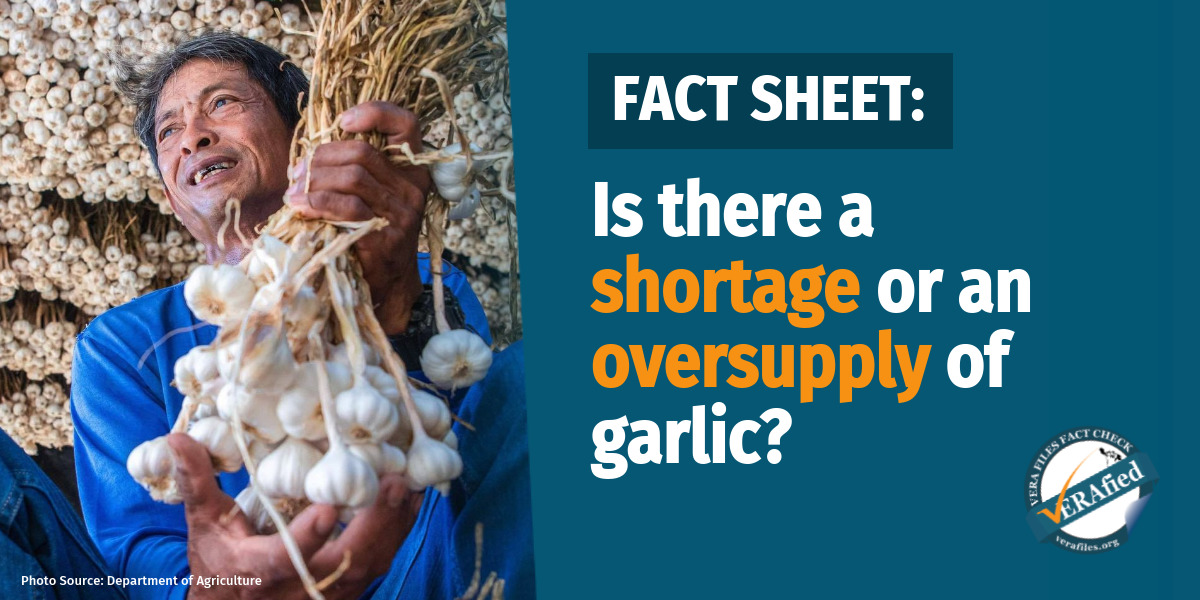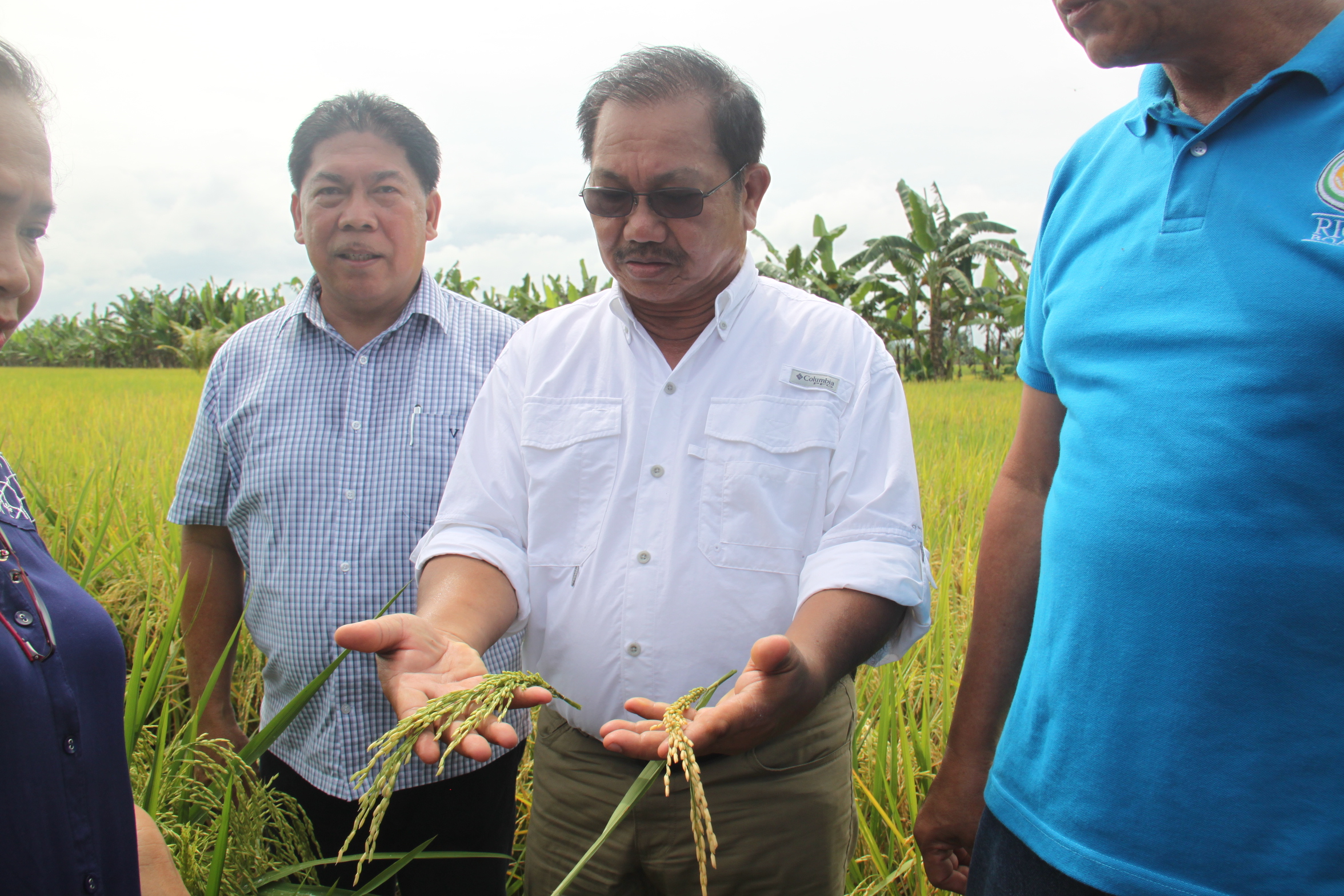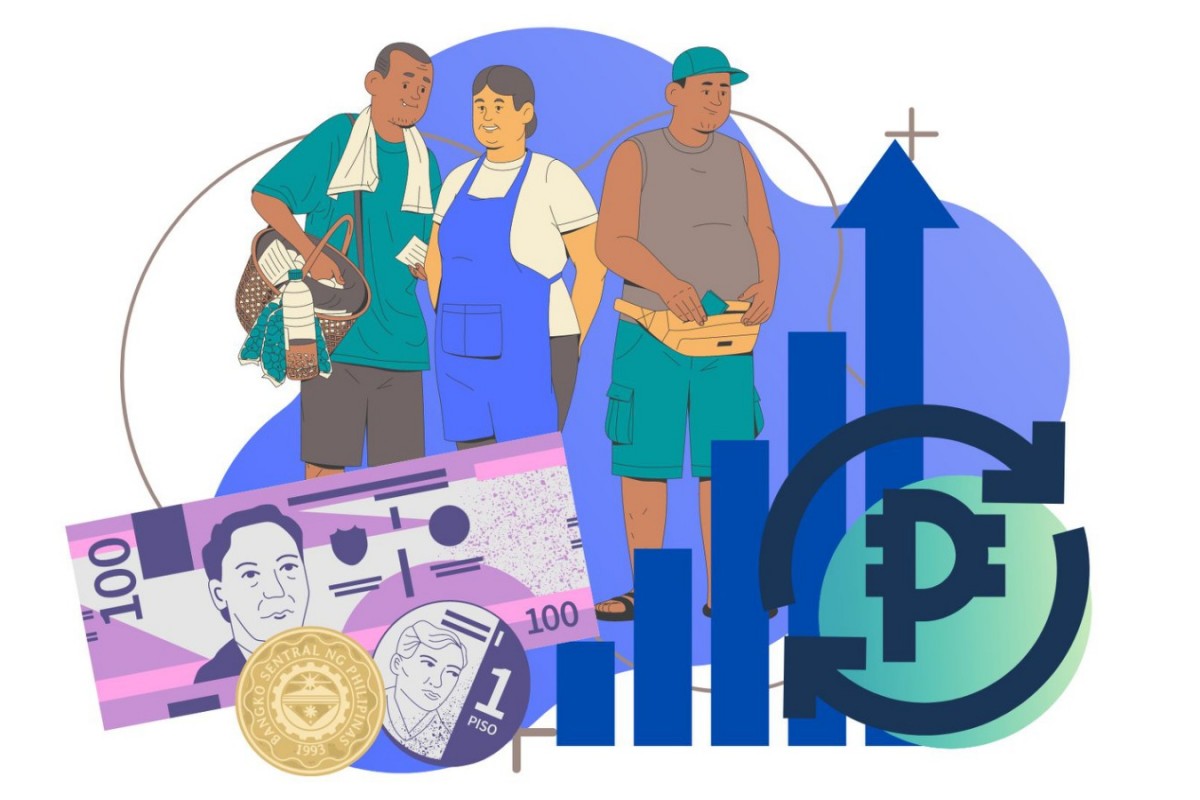In an Aug. 30 hearing of the House Committee on Food and Agriculture, officials warned the public about the insufficient production of garlic that will not meet the expected demand until the last quarter of 2022.
During the hearing, the Department of Agriculture (DA) said garlic would be in short supply by around 63,000 metric tons by the end of the year. The DA projected the total supply of garlic in the country at 83,000 metric tons, compared with the estimated demand of 146,850 metric tons.
In early September, Batanes Gov. Marilou Cayco said there was an oversupply of garlic in her province. She appealed to the public to buy the crop from the farmers there. This oversupply, she added, was the result of a cut in purchase by the DA Region 2.
A similar case recently happened in Lubang, Occidental Mindoro, where stocks of native garlic have started to rot due to a lack of buyers.
Is there an oversupply or shortage of garlic? Who is to blame for the overproduction in some areas of the country? Here are three things you need to know:
1. Is there an oversupply?
Danilo Fausto, president of the Philippine Chamber for Agriculture and Food Inc., explained that although there is an oversupply of garlic in specific regions, there is generally a shortage in crop supply.
“There is no oversupply of garlic. We import, if I’m not mistaken, more than 50% of our requirement,” he said in an interview with VERA Files Fact Check.
The data the DA presented to the lawmakers show that local production of garlic averages at only over 4,000 metric tons while imports are at around 78,000 metric tons.
Fausto attributed this shortage in garlic production to insufficient crop yield per hectare due to lack of technology and low-quality plant material.
He further explained that the oversupply of agricultural products in Batanes and other specific areas in the Philippines is a “problem of logistics.”
“‘Yung product sa Batanes, hindi dumadating sa Manila, but that doesn’t mean may oversupply ng garlic,” he said. (The product from Batanes doesn’t reach Manila, but that doesn’t mean there is an oversupply of garlic.)
With the Philippines being an archipelago, Fausto said it is harder to ship some products across islands. Batanes, for one, is the smallest province in the country, both in area and population. Located in the northernmost part of the country, it is essentially closer to Taiwan than to the northern tip of Luzon.
This, according to Fausto, leads to a “disconnect” between the farmers and their target markets.
2. Should farmers be blamed for overproduction?
Agriculture Undersecretary Domingo Panganiban drew flak from the public after he blamed farmers for the oversupply of garlic and cabbage.
“Well, ang problema nasa farmer rin, eh, dahil tanim sila ng tanim, hindi nila iniisip ang sitwasyong mangyayari. Gaya halimbawa sa Batanes, tanim sila ng tanim as a regular crop. During the season, they are capable of planting it but hindi nila iniisip ‘yung palengke, eh,” said Panganiban in an interview on Dobol B TV on Sept. 7.
(Well, the problem is also with the farmers because they plant crops without keeping in mind the situation that’s going to happen. For example, in Batanes, they keep planting as a regular crop. During the season, they are capable of planting it, but they don’t think about the market.)
Fausto agreed that the problem lies in the ability of farmers to connect to their market.
“The problem is how do you ship it? You have to provide the logistics. That has always been the case in our crops. The production of the crops is not linked to the market,” he explained.
However, he emphasized that farmers cannot fully be blamed on this issue, especially when the majority lack education, financial literacy, and knowledge in governance and management.
“Kailangan may nakatutok in terms of governance, ‘yung discipline ng farmer, culture ba ng farmers. Kailangan may training,” he said. (Someone should be monitoring them, in terms of governance, discipline, and culture of farmers. There should be training.)
Fausto added that government agencies in charge should be assisting farmers in bridging such disconnects.
“‘Yung government agency na in charge with that may konting pagkukulang. Dapat inaalalayan nila,” he said. (The government agency in charge of that has a bit of a shortcoming. They should be assisting [the farmers].)
In an interview on DZMM radio, Agot Balanoy, spokesperson of the League of Associations La Trinidad Vegetable Trading Area, said the oversupply of agricultural products should not be blamed on farmers since it is the government that should take the lead in crop programming.
In a separate interview, Jesson Del-Amen, chief operations officer of Benguet Agri-Pinoy Trading Center, said the oversupply can be attributed to lack of irrigation facilities. It forces farmers to wait for the rainy season to plant crops which, in turn, may lead to overproduction.
3. What can be done?
Fausto highlighted the importance of having post-harvest facilities for farmers.
“Every crop may (has its) season, eh, kaya (so) you have to store it during harvest. Those products that are overharvested, (you) i-store [it] to supply the succeeding months. Then, harvest ulit para ma-stabilize mo ‘yung (again to stabilize the) supply,” he said.
He explained that acquiring storage facilities and delivery trucks for farmers can be a profitable undertaking. They would no longer need to rely on middlemen to sell their products.
“Technology has to be there. It has to be supported by the government, and also the capital. Ang mga farmers kasi walang puhunan so nagiging dependent sila sa traders,” he added.
(The farmers don’t have capital, so they become dependent on the traders.)
He emphasized, however, that funding is a big hindrance to this venture, explaining that farmers don’t have access to capital because banks view agriculture as a high-risk investment.
“Kailangan maturuan sila ng business management, ano yung kailangan to make profit out of their resources,” Fausto added. (They should be taught about business management, what they need to profit from their resources.)
Currently, the DA, through its Kadiwa truck, has extended its assistance to Batanes farmers in delivering 600 kilograms of garlic to the National Capital Region (NCR).
In his first State of the Nation Address (SONA) last July, President Ferdinand Marcos Jr., concurrently the Agriculture secretary, laid down his plans for the agricultural sector. It includes a program to increase local production through financial assistance to farmers and fishermen and modernization of farming technology.
Have you seen any dubious claims, photos, memes, or online posts that you want us to verify? Fill out this reader request form.
Sources
Officials warned about garlic shortage
- Manila Times, DA admits garlic in short supply, Aug. 31, 2022
- BusinessMirror, PHL to suffer white onion, garlic shortage, Aug. 31, 2022
- Manila Standard, PH running short of garlic, onions – DA, Aug. 31, 2022
Oversupply of Garlic in Batanes
- PTV News, Batanes gov appeals to public: Buy our garlic, Sept. 8, 2022
- Inquirer.net, Batanes seeks buyers amid garlic glut, Sept. 9, 2022
- GMA News, Garlic oversupply due to DA Region 2’s cut in purchase —Batanes gov, Sept. 8, 2022
Oversupply of Garlic in Occidental Mindoro
- Manila Times, Garlic rots in Occidental Mindoro, Sept. 15, 2022
- ABS-CBN News, Mababang benta ng bawang mula Lubang Island, idinaraing, Sept. 14, 2022
- GMA News, Garlic supplies rot in Mindoro as prices in Metro Manila climb, Sept. 18, 2022
Importation of Garlic
- Manila Times, DA admits garlic in short supply, Aug. 31, 2022
- PhilStar.com, DA to assist farmers sell garlic produce, Sept. 9, 2022
- Inquirer.net, PH heavily reliant on garlic imports to meet demand, Aug. 31, 2022
GMA News, Dobol B TV Livestream: September 07, 2022 – Replay, Sept. 7, 2022
ABS-CBN News, Farmers at fault for veggie oversupply? DA should lead crop programming – traders | TeleRadyo, Sept. 9, 2022
ABS-CBN News, Why P26/kg cabbage in Benguet sells for triple the price in NCR | TeleRadyo, Sept. 9, 2022
Department of Agriculture, Itbayat garlic farmers receive big lift from DA in bringing to NCR their produce, Sept. 18, 2022
Department of Agriculture, Marcos relays food production agenda in 1st SONA, Sept. 18, 2022
Danilo Fausto, Personal communication, Sept. 21, 2022
(Guided by the code of principles of the International Fact-Checking Network at Poynter, VERA Files tracks the false claims, flip-flops, misleading statements of public officials and figures, and debunks them with factual evidence. Find out more about this initiative and our methodology.)




